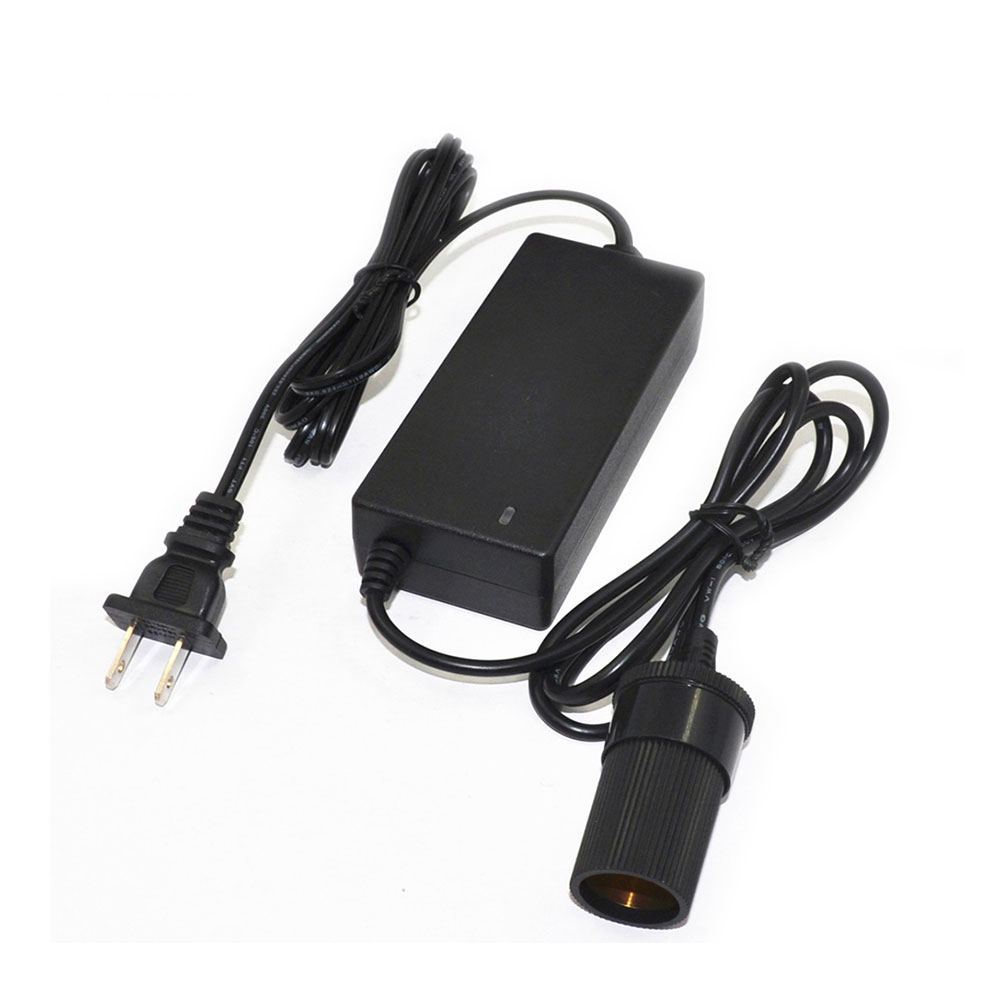Blog
MOOP and MOPP
Views : 979
Update time : 2023-04-27 14:25:22
MOOP and MOPP are acronyms used to describe the safety standards of power adapters. MOOP stands for Means Of Operator Protection and MOPP stands for Means Of Patient Protection. They refer to the level of insulation or protection that must be provided to protect users from electric shocks in the event of a fault. YHY Power medical series adapter meets the stringent requirements of double patient protection (2MOPP).
MOOP requires the physical containment of hazardous materials, such as the use of spill trays, sealed containers and safety cones. These are designed to keep hazardous materials where they should be, preventing accidents and the release of hazardous materials into the environment.

MOPP focuses on controlling hazardous materials, such as the use of Personal Protective Equipment (PPE) and engineering controls. PPE is designed to protect workers from hazardous material exposure. Engineering controls, such as ventilation systems, help to reduce the potential risks associated with hazardous materials.
The primary difference between MOOP and MOPP is that MOOP is designed to protect the user from electric shocks, while MOPP is designed to protect the user from electric shocks as well as any other hazards, such as fire or radiation. For example, MOPP requires that power adapters have an increased degree of insulation, so that any sparks or heat generated by the adapter are contained. This is important for medical devices, as any sparks or heat could be hazardous to the patient.
Both MOOP and MOPP are important safety standards for power adapters. MOOP ensures that the user is protected from electric shocks, while MOPP provides an additional layer of protection to ensure that any sparks or heat generated by the adapter are contained. It is important to make sure that any power adapter being used meets the appropriate safety standards, as failure to do so could lead to serious injury or even death.
MOOP requires the physical containment of hazardous materials, such as the use of spill trays, sealed containers and safety cones. These are designed to keep hazardous materials where they should be, preventing accidents and the release of hazardous materials into the environment.

MOPP focuses on controlling hazardous materials, such as the use of Personal Protective Equipment (PPE) and engineering controls. PPE is designed to protect workers from hazardous material exposure. Engineering controls, such as ventilation systems, help to reduce the potential risks associated with hazardous materials.
The primary difference between MOOP and MOPP is that MOOP is designed to protect the user from electric shocks, while MOPP is designed to protect the user from electric shocks as well as any other hazards, such as fire or radiation. For example, MOPP requires that power adapters have an increased degree of insulation, so that any sparks or heat generated by the adapter are contained. This is important for medical devices, as any sparks or heat could be hazardous to the patient.
Both MOOP and MOPP are important safety standards for power adapters. MOOP ensures that the user is protected from electric shocks, while MOPP provides an additional layer of protection to ensure that any sparks or heat generated by the adapter are contained. It is important to make sure that any power adapter being used meets the appropriate safety standards, as failure to do so could lead to serious injury or even death.


